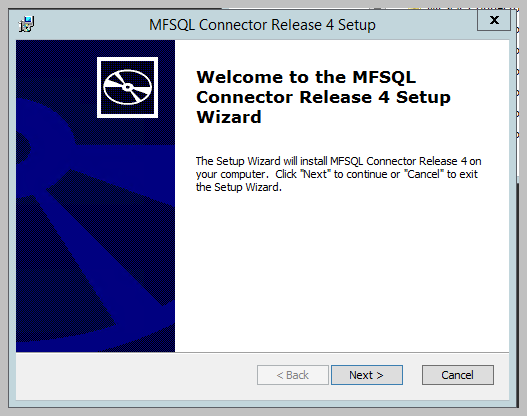Exploring metadata¶
Extended columns in Metadata structure view¶
The view MFvwMetadataStructure is a powerful tool to analyze the relationships between different parts of the metadata structure of the vault.
Managing updates to valuelists depends on if a valuelist has been elevated to a full object type or not. When a valuelist is elevated the controlling table changes from MFValuelist and MFValuelistItems to a class table.
The column IsObjectType in the view will show if a valuelist has been elevated or not.
Using this view as part of the design process, especially of a complex vault, could be very handy It can also be used as a control measure to validate metadata design changes that could impact on a integration project.
Exploring value lists with MFvwMetadataStructure¶
When developing a solution it is notoriously complex to get to grips with all the dimensions and relations of the use of valuelists and valuelist items to ensure that the data is properly aligned, prepared, or inserted. The special view MFvwMetadataStructure is especially helpful to the developer in this process as it offers exploration capabilities that are much easier to use than the M-Files Administration Panels.
The following listing will show each valuelist, its associated properties, and the classes where it has been used. If the class is null, then the property has not been used on a metadata card
SELECT Valuelist, [mfms].[Property], class FROM [dbo].[MFvwMetadataStructure] AS [mfms]
WHERE IsObjectType = 0

Switching the same listing to include only valuelists as ObjectTypes will show how properties have been used related to an object type and the classes in the object type. In the following listing the Account object type has several properties associated with it, and some properties are used on multiple classes.
SELECT Valuelist, [mfms].[Property], class FROM [dbo].[MFvwMetadataStructure] AS [mfms]
WHERE IsObjectType = 1

This view has other columns and use cases for exploring the application of value lists including aliases, MFID, internal ID, owners and the relation to other objects.
The underlying tables for this view and how these tables relate to each other can be explored by inspecting the view itself.